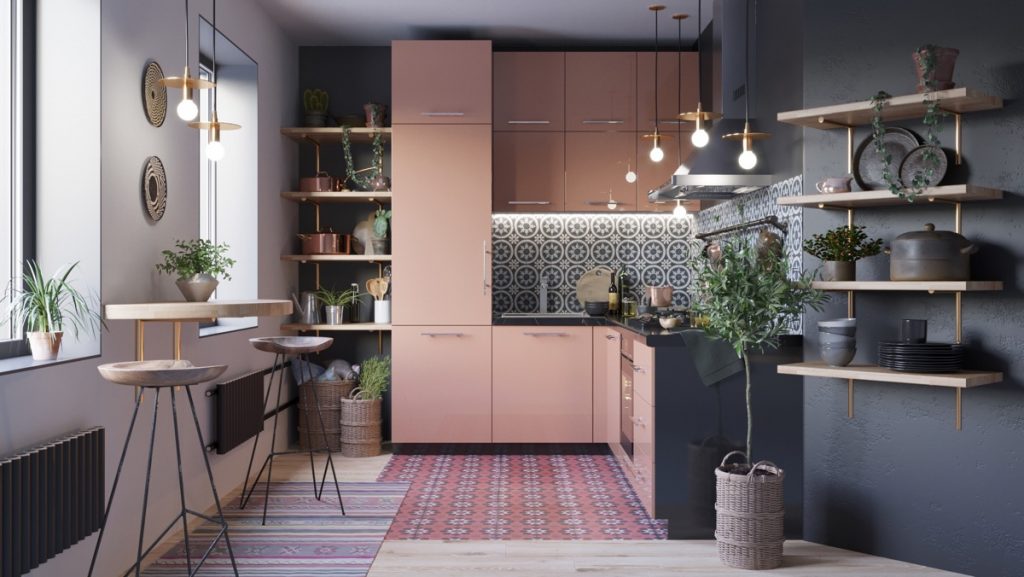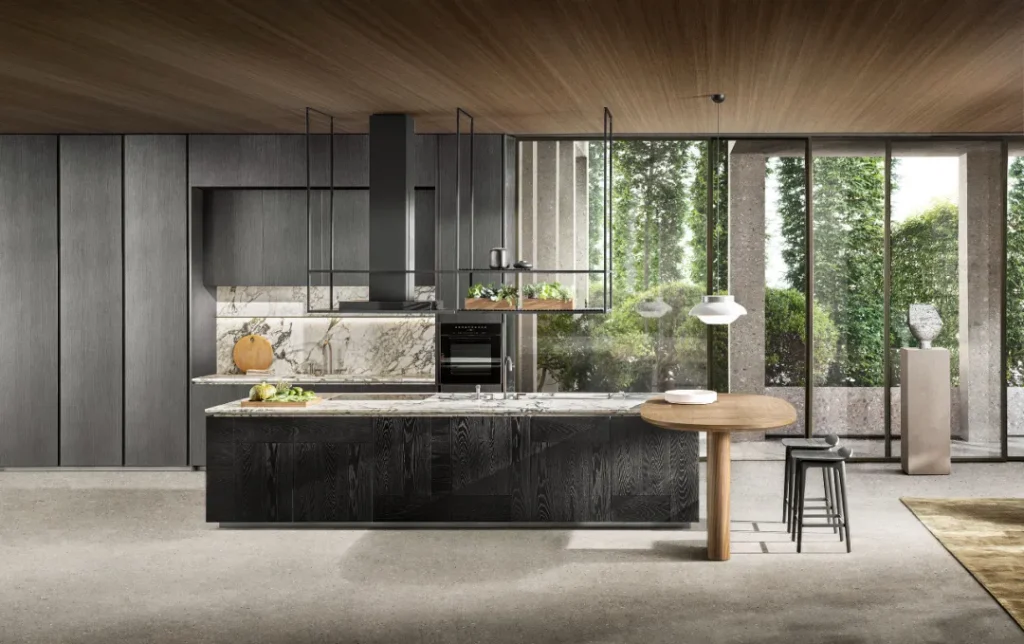Exploring the Timeless Elegance of Danish Design Principles

The Origins of Danish Design
Danish design is a style of functional and minimalist design that emerged in the mid-20th century in Denmark. It is characterized by simplicity, clean lines, and functionality, and is often associated with the Scandinavian design movement. Danish design principles were largely influenced by the country’s rich cultural heritage, which includes craftsmanship, sustainability, and environmental awareness.
The Key Elements of Danish Design
The key elements of Danish design are simplicity, functionality, and elegance. The essence of Danish design can be seen in its clean lines, use of natural materials, and focus on usability. Danish designers are renowned for their ability to create beautiful, practical objects that are both functional and aesthetically pleasing.
Simplicity
Simplicity is a hallmark of Danish design. Danish designers aspire to create designs that are clean, uncluttered, and simple. The Danish approach to design is minimalistic and often involves the removal of anything that is unnecessary. Designers strive to create objects that are beautiful in their simplicity, yet still functional and practical.
Functionality
Functionality is another fundamental principle of Danish design. Designers aim to create objects that are not only beautiful but also serve a purpose. They often begin the design process by asking themselves, “What problem does this object solve?” This approach leads to designs that are practical, user-friendly, and aesthetically pleasing.
Elegance
Elegance is a defining characteristic of Danish design. The use of natural materials, such as wood and leather, adds a touch of sophistication and warmth to a minimalistic design. The result is a beautiful, elegant object that is both functional and pleasing to the eye.
Examples of Danish Design
Danish designers have created a range of beautiful, practical objects that are recognized worldwide. Examples of Danish design include:
- The PH lamp, designed by Poul Henningsen in 1925
- The Egg Chair, designed by Arne Jacobsen in 1958
- The furniture of Hans J. Wegner
- The Georg Jensen silverware
The Enduring Appeal of Danish Design
The appeal of Danish design is enduring. Danish design principles have stood the test of time and continue to inspire designers today. Danish design is recognized for its timelessness, functionality, and elegance. It is a style that will never go out of fashion because it is based on universal principles.
Timeless Design
Danish design is characterized by its timelessness. Danish designers strive to create objects that will last for generations. They use natural materials that age gracefully and styles that will not go out of fashion. This approach to design results in objects that are both classic and modern, and will remain stylish for years to come.
Functional Design
Danish design is also practical and user-friendly. Designers create objects that are easy to use, easy to maintain, and fulfill a specific purpose. This makes Danish design appealing to individuals who value function over form.
Elegant Design
Finally, Danish design is characterized by its elegance. The use of natural materials, clean lines, and a focus on usability create objects that are both aesthetically pleasing and practical. Danish design is the perfect balance between form and function, resulting in objects that are both beautiful and useful.



